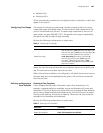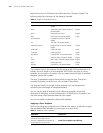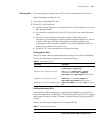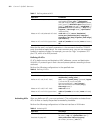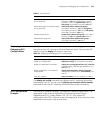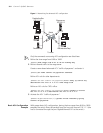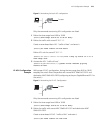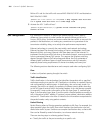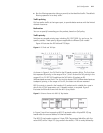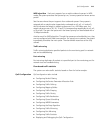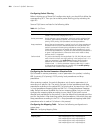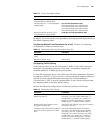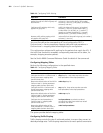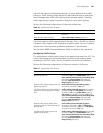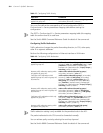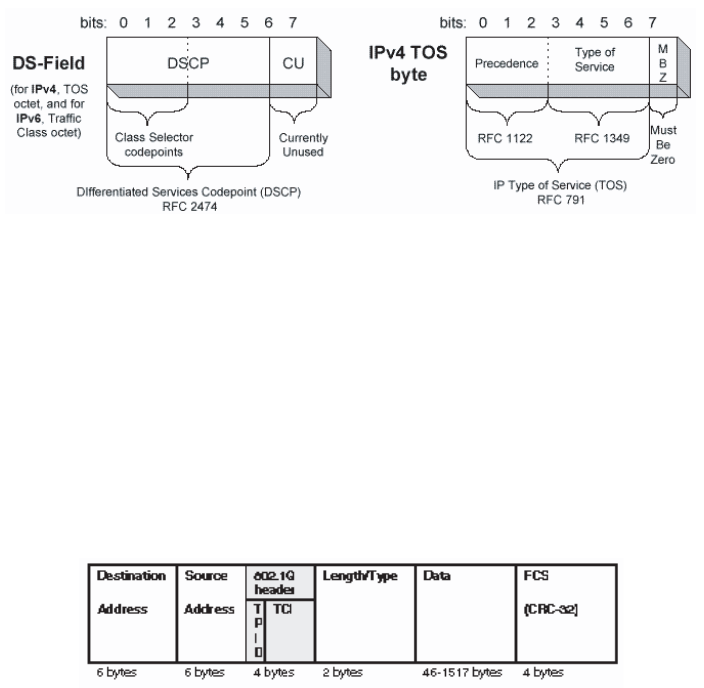
QoS Configuration 217
■ Run the filtering operation (deny or permit) to the identified traffic. The default
filtering operation is to deny traffic.
Traffic policing
QoS can police traffic at the ingress port, to provide better services with the limited
network resources.
Redirection
You can re-specify forwarding port for packets, based on QoS policy.
Traffic priority
Switches can provide priority tags, including ToS, DSCP, 802.1p, and so on, for
specific packets. These priority tags are applicable to different QoS models.
Figure 4 illustrates the DS field and TOS byte.
Figure 4 DS Field and ToS Byte
As shown in Figure 4, the ToS field in the IP header contains 8 bits. The first three
bits represent IP priority, in the range of 0 to 7; bits 3-6 stand for ToS priority, in the
range of 0 to 15. RFC2474 redefines the ToS field in IP packets as DS
(differentiated services) field. The first six bits denote DSCP (differentiated services
codepoint) priority, in the range of 0 to 63, the latter two bits are reserved.
802.1p priority is stored in the header of L2 packets and is suitable for a case in
which only L2 QoS guarantee, not L3 header analysis, is required.
Figure 5
illustrates an Ethernet frame with the 802.1Q tag header.
Figure 5 Ethernet Frame with 802.1Q Tag Header
In Figure 5, each host supporting 802.1Q protocol adds a 4-byte 802.1Q tag
header after the source address in Ethernet header.
The 802.1Q tag header contains a 2-byte TPID (Tag protocol Identifier, with the
value 8100) and a 2-byte TCI (tag control information). TPID is newly defined by



